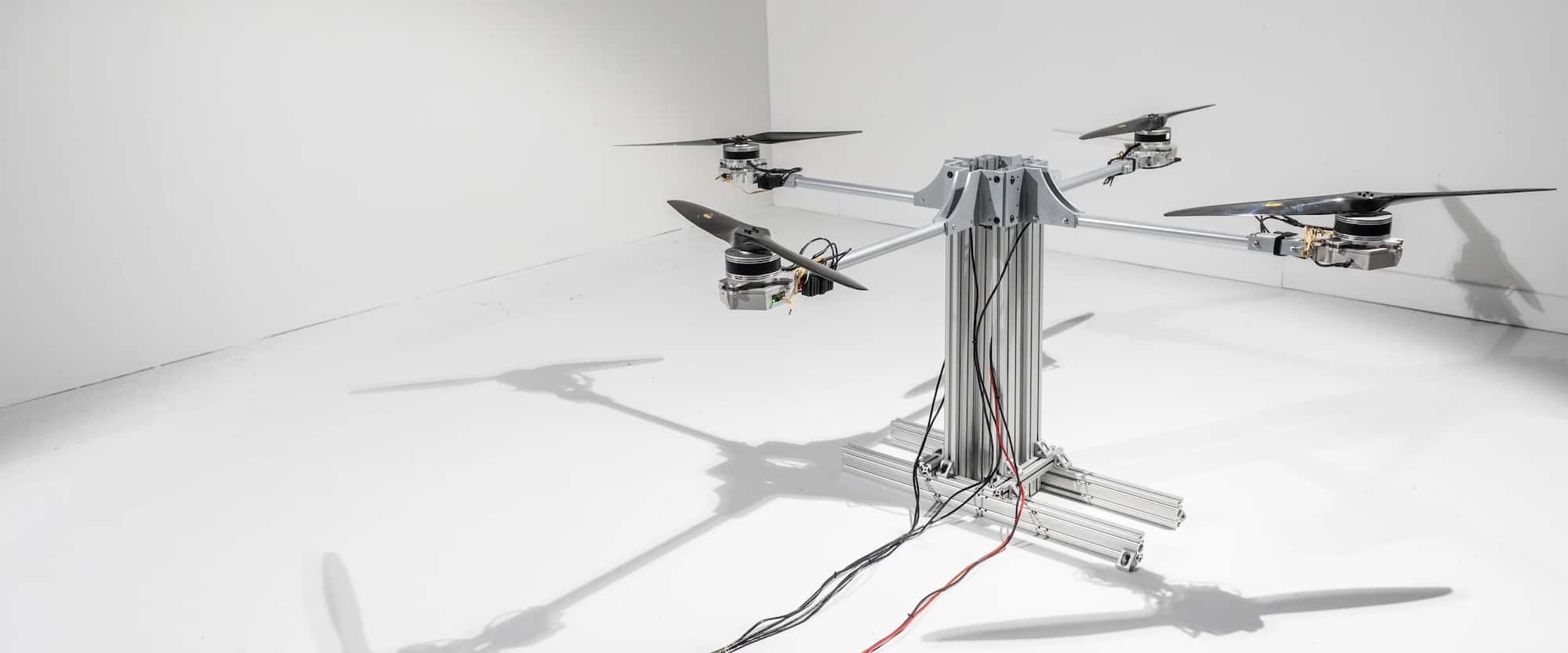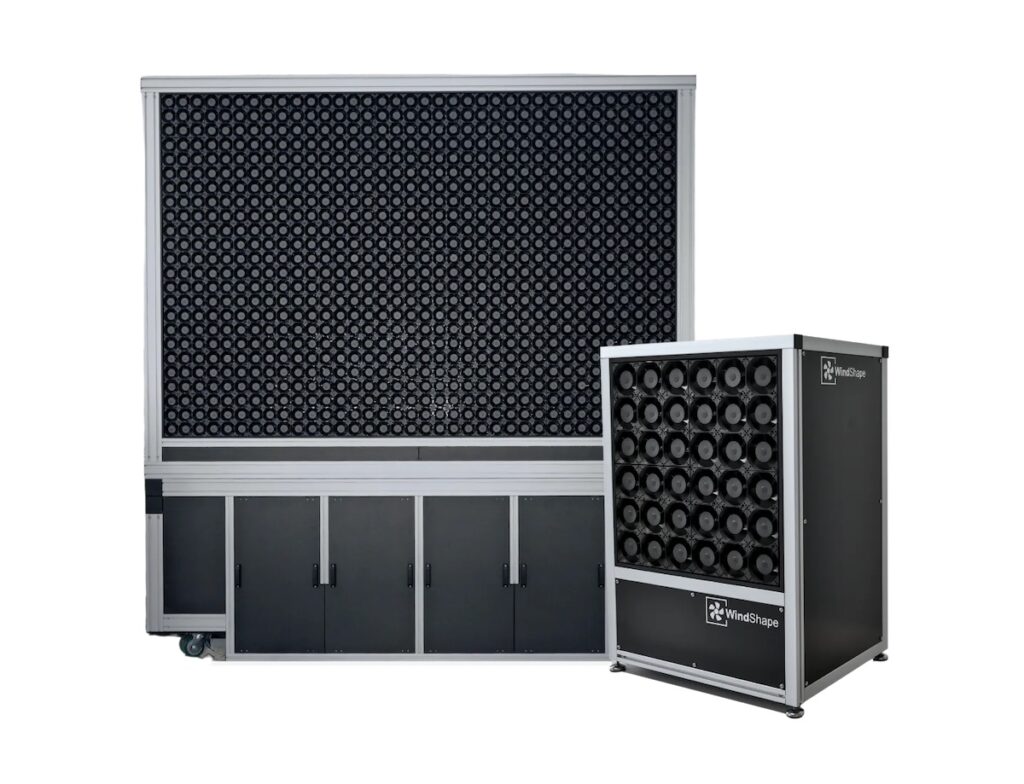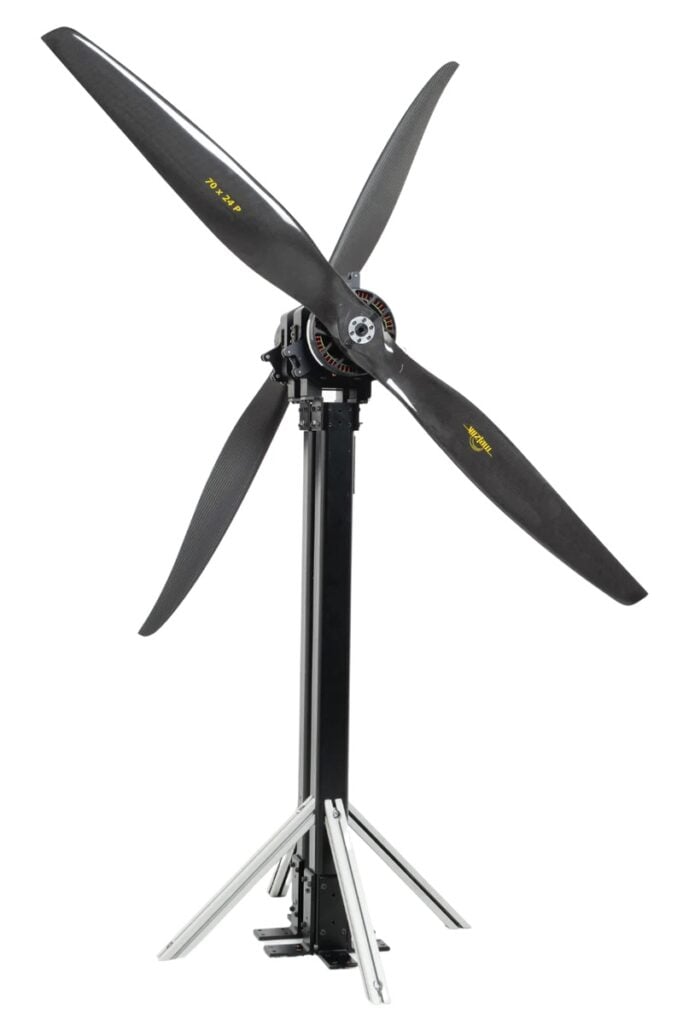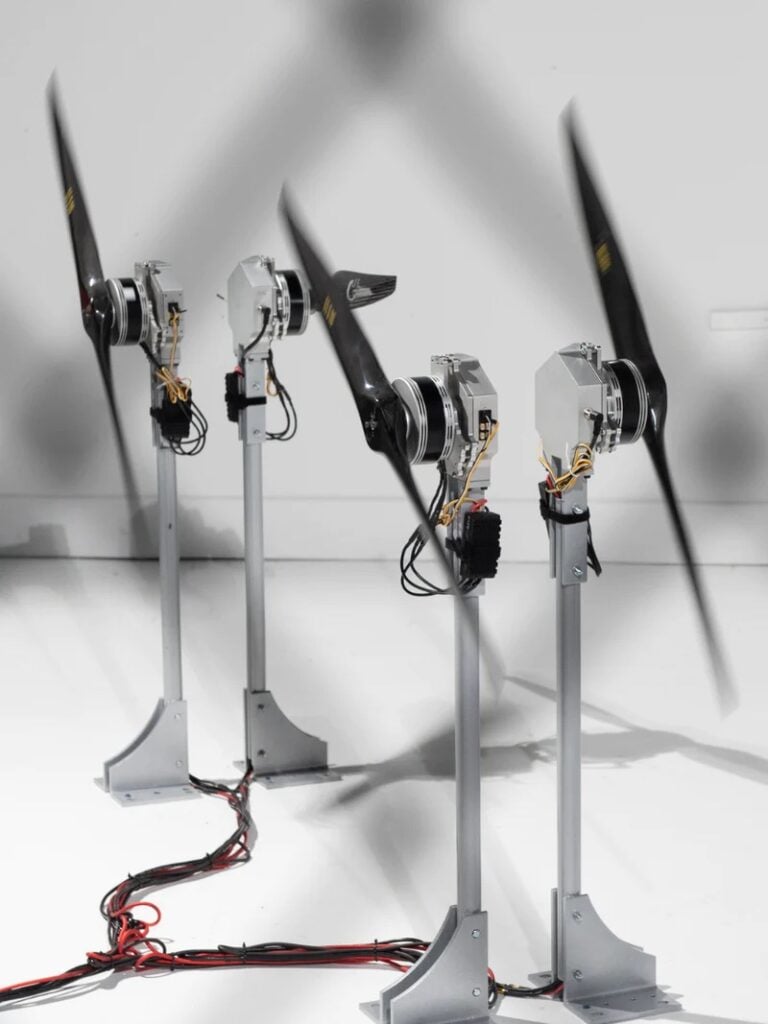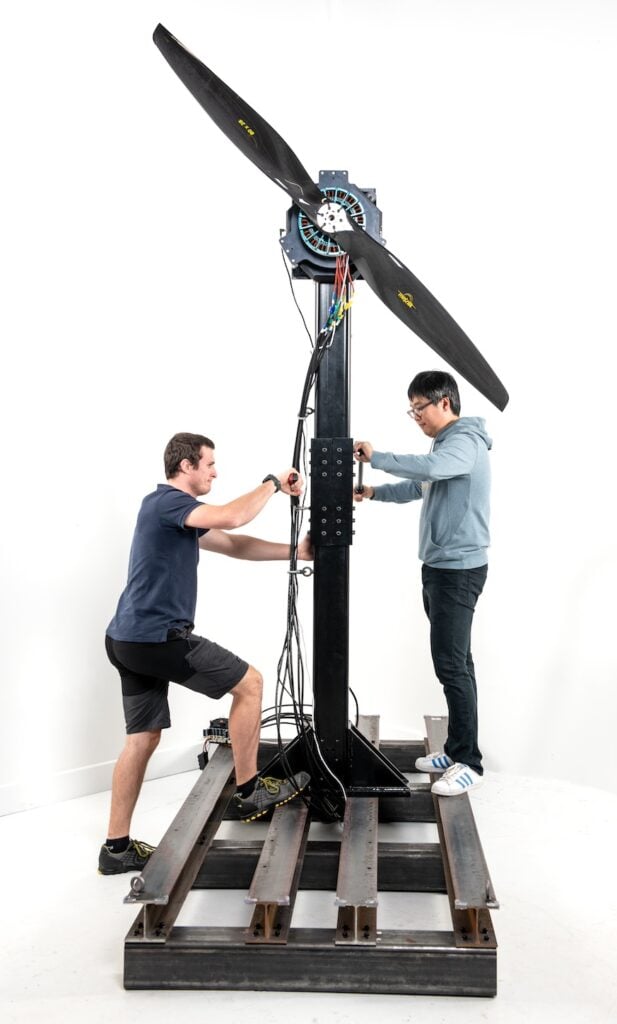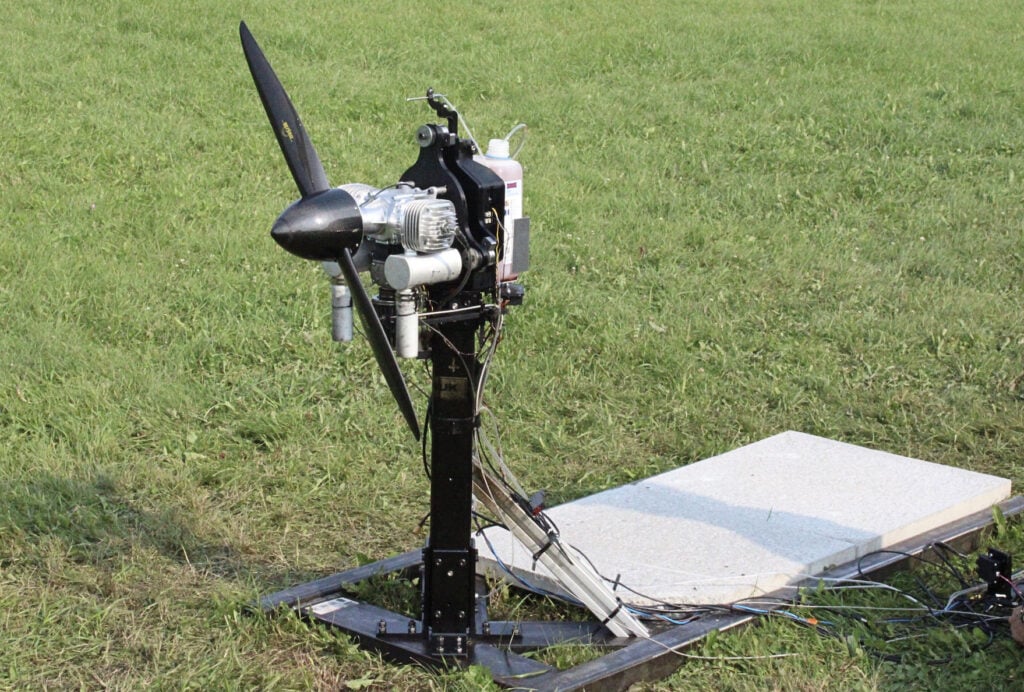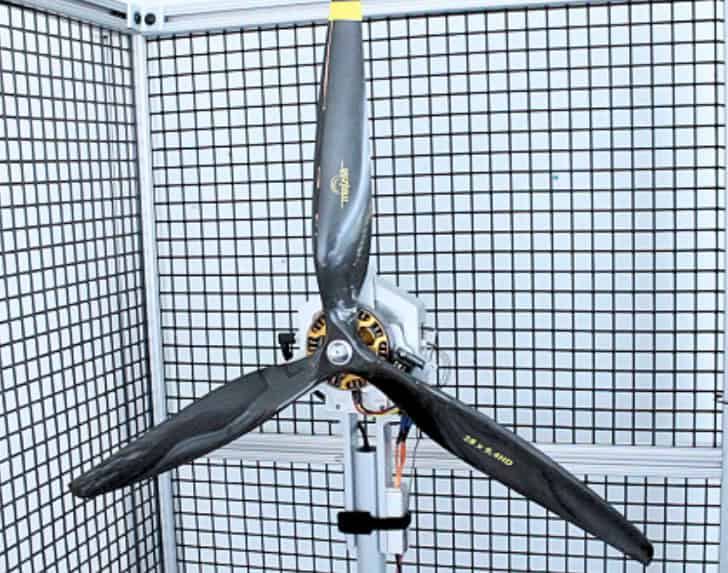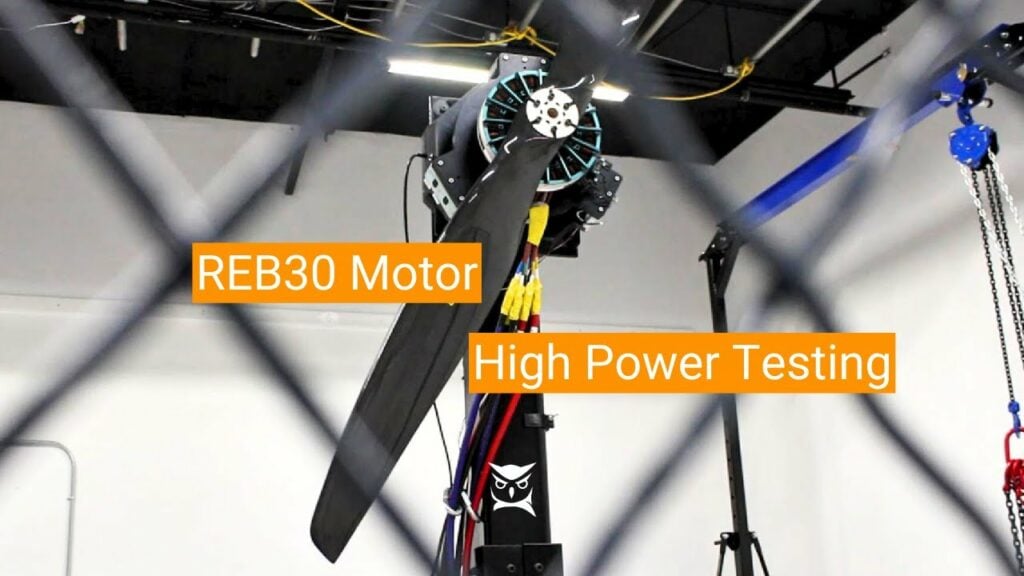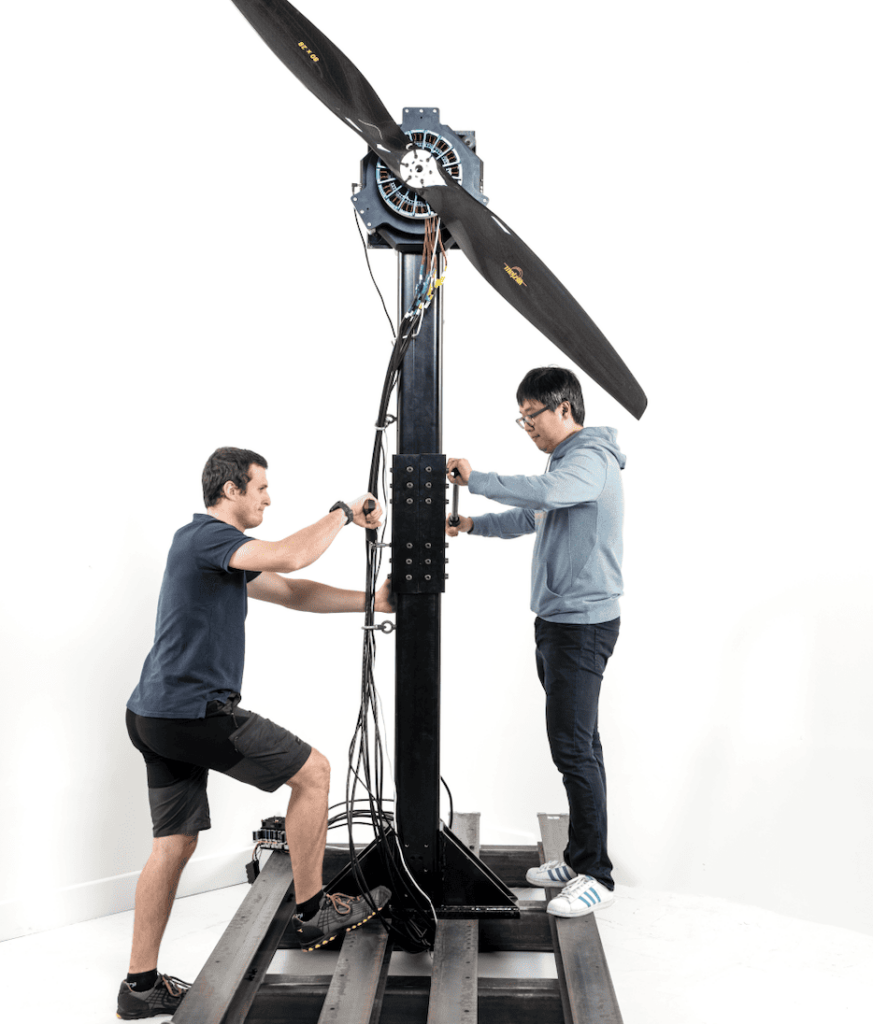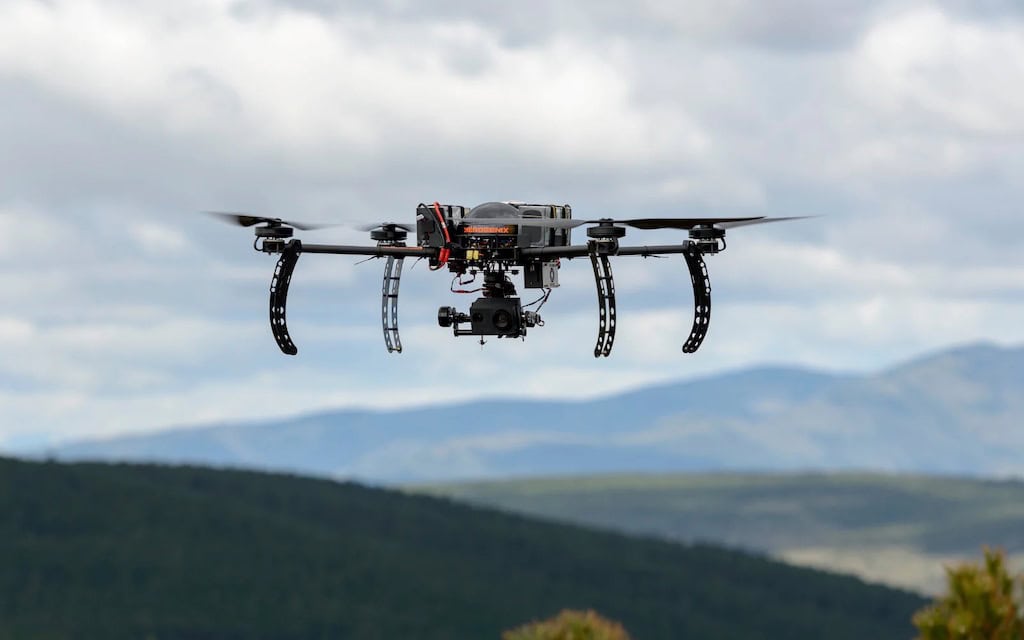
Tyto Robotics asserts that the assumption that imbalanced UAV propellers generate higher noise levels is widespread, but research shows the relationship may be more nuanced than expected. Find out more >>
Multiple studies have assessed how propeller imbalance influences UAV acoustic output, with outcomes varying based on the nature and severity of the imbalance. Key contributing factors include whether the noise is tonal or broadband in nature, the geometry and thickness of the blades, and the UAV’s overall design.
Aerodynamic and mass imbalances can both introduce tonal noise components, yet not all configurations demonstrate significant changes in sound levels. In some cases, the acoustic impact is minimal, particularly at lower imbalance thresholds. Learn more about propeller balancing for UAVs >>
For defense applications where acoustic discretion is critical — such as ISR missions or operations in urban terrain — regular propeller inspection and balancing remain effective measures to mitigate unwanted noise.
Understanding how different imbalance types affect sound production will be essential as the defense sector continues to demand quieter, more efficient UAS platforms.
Read Tyto Robotics’ white paper into the consequences of unbalanced UAV propellers >>







